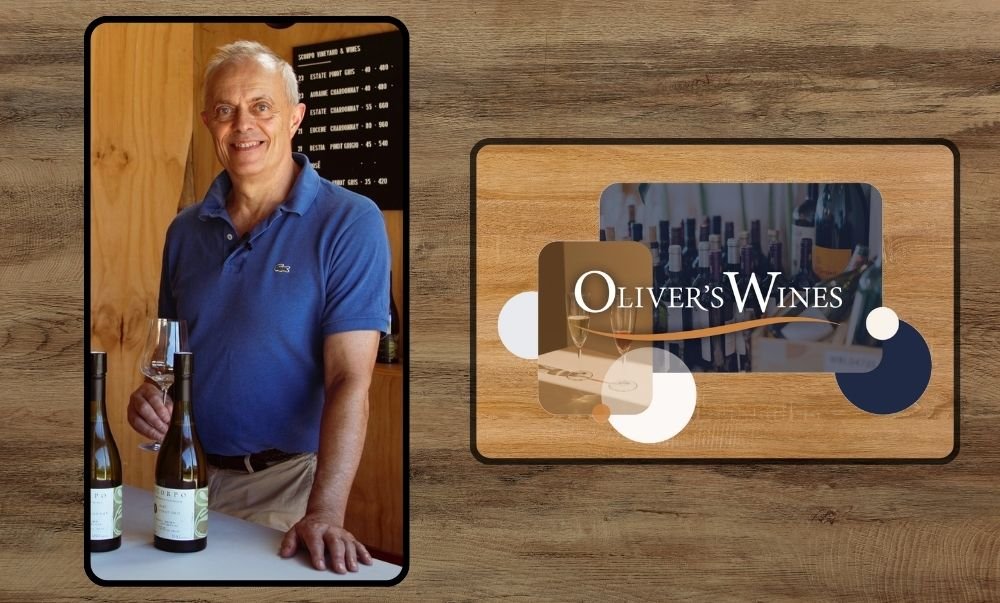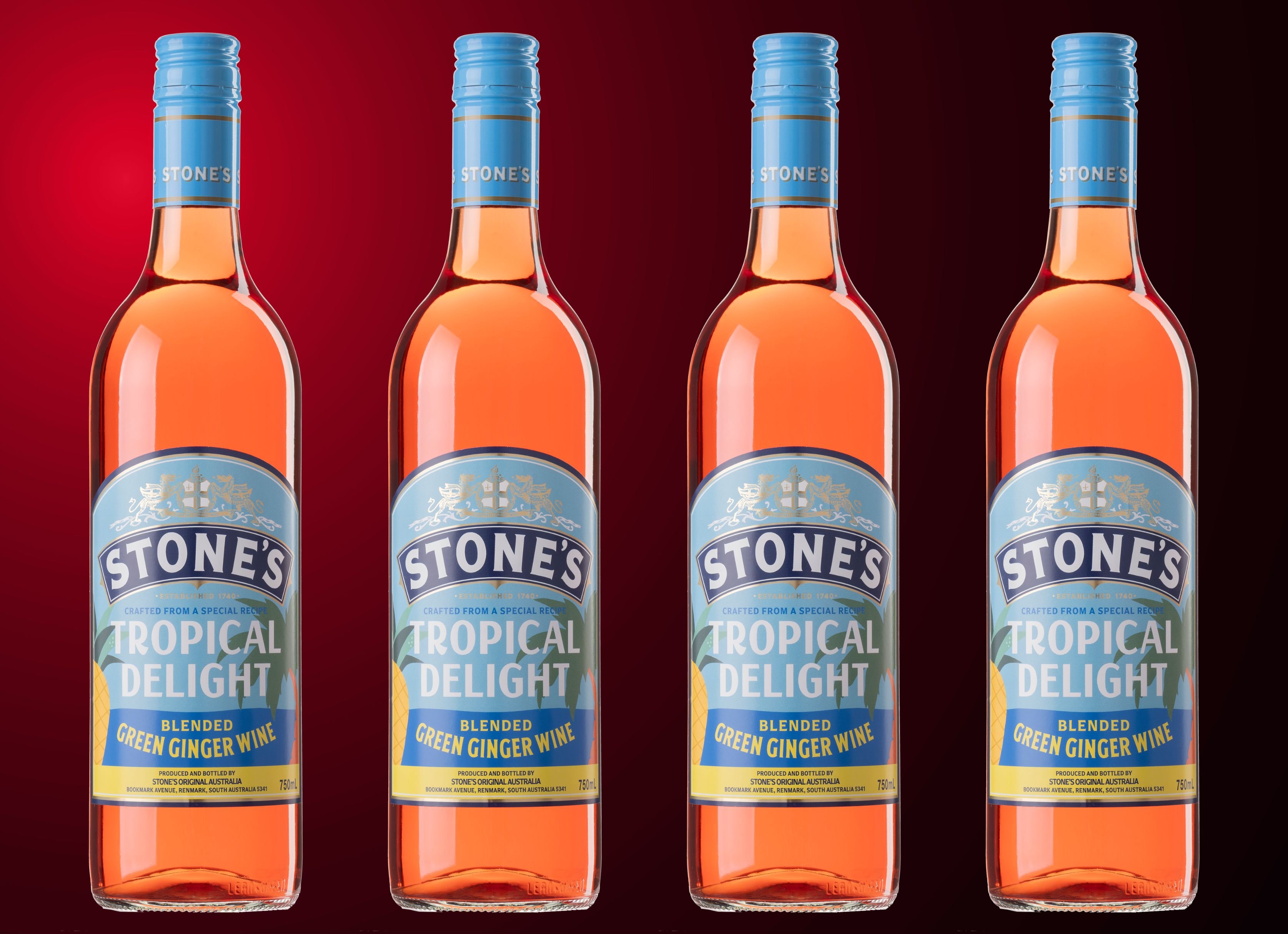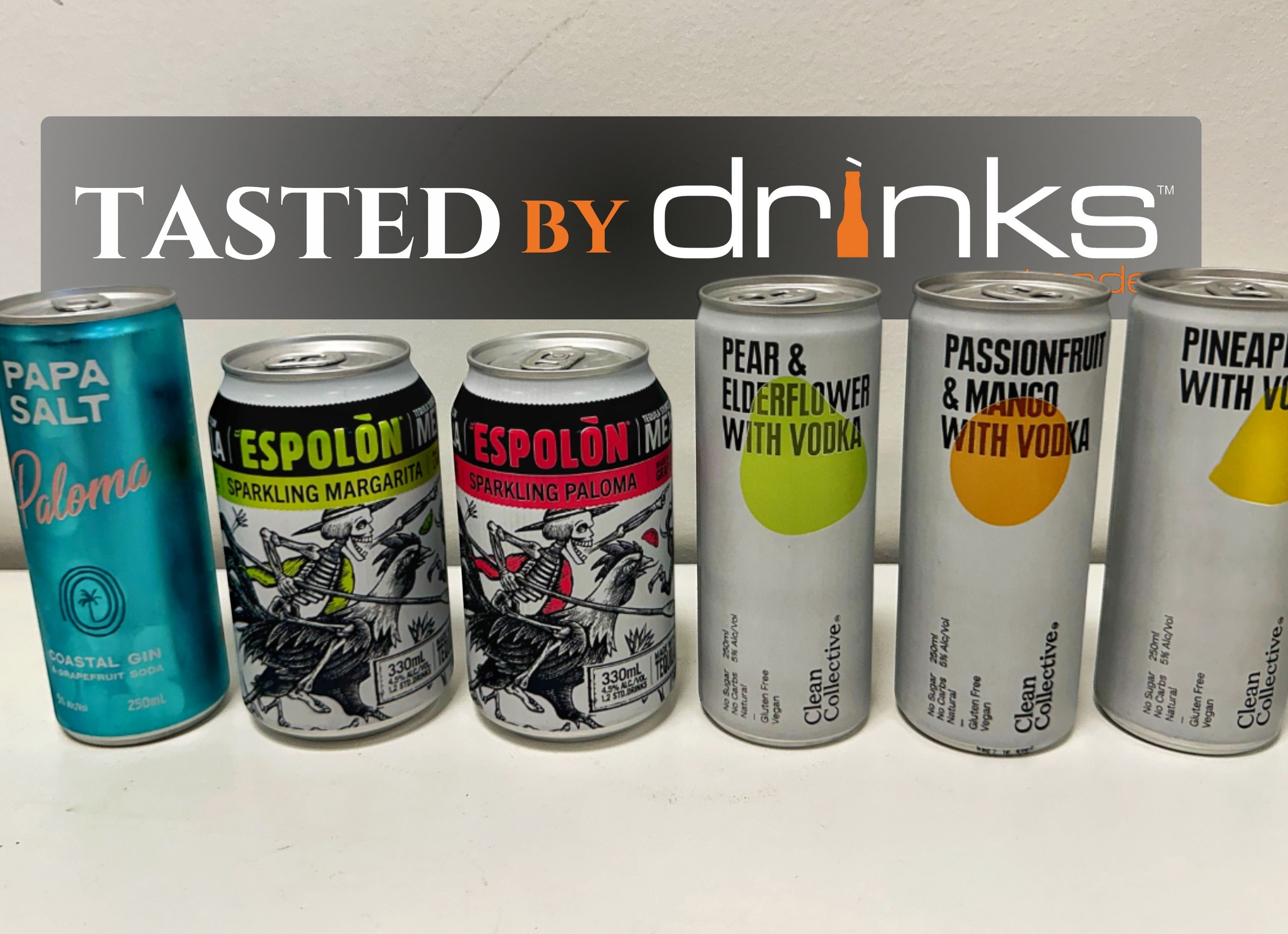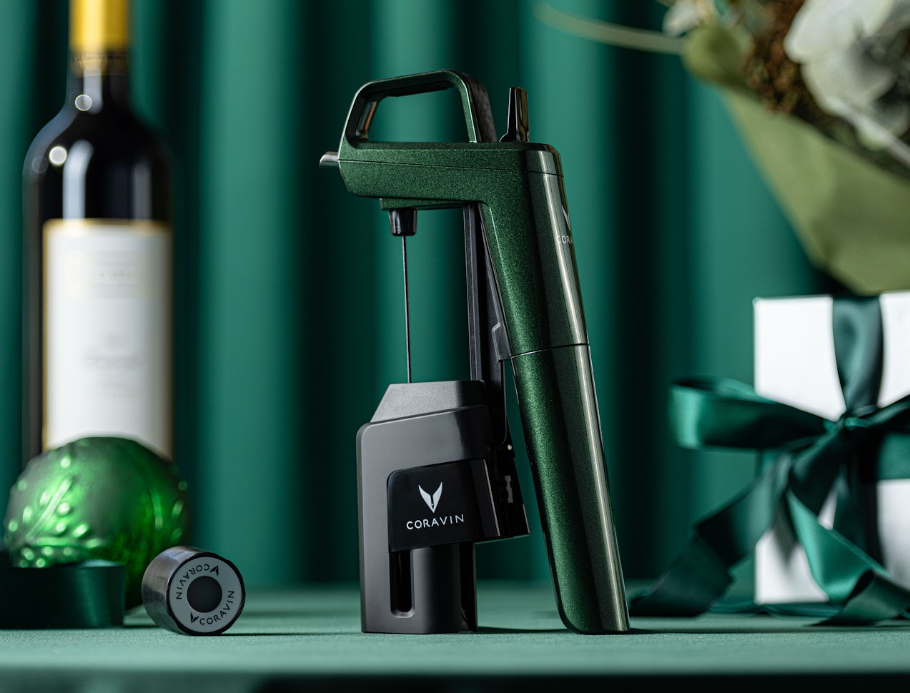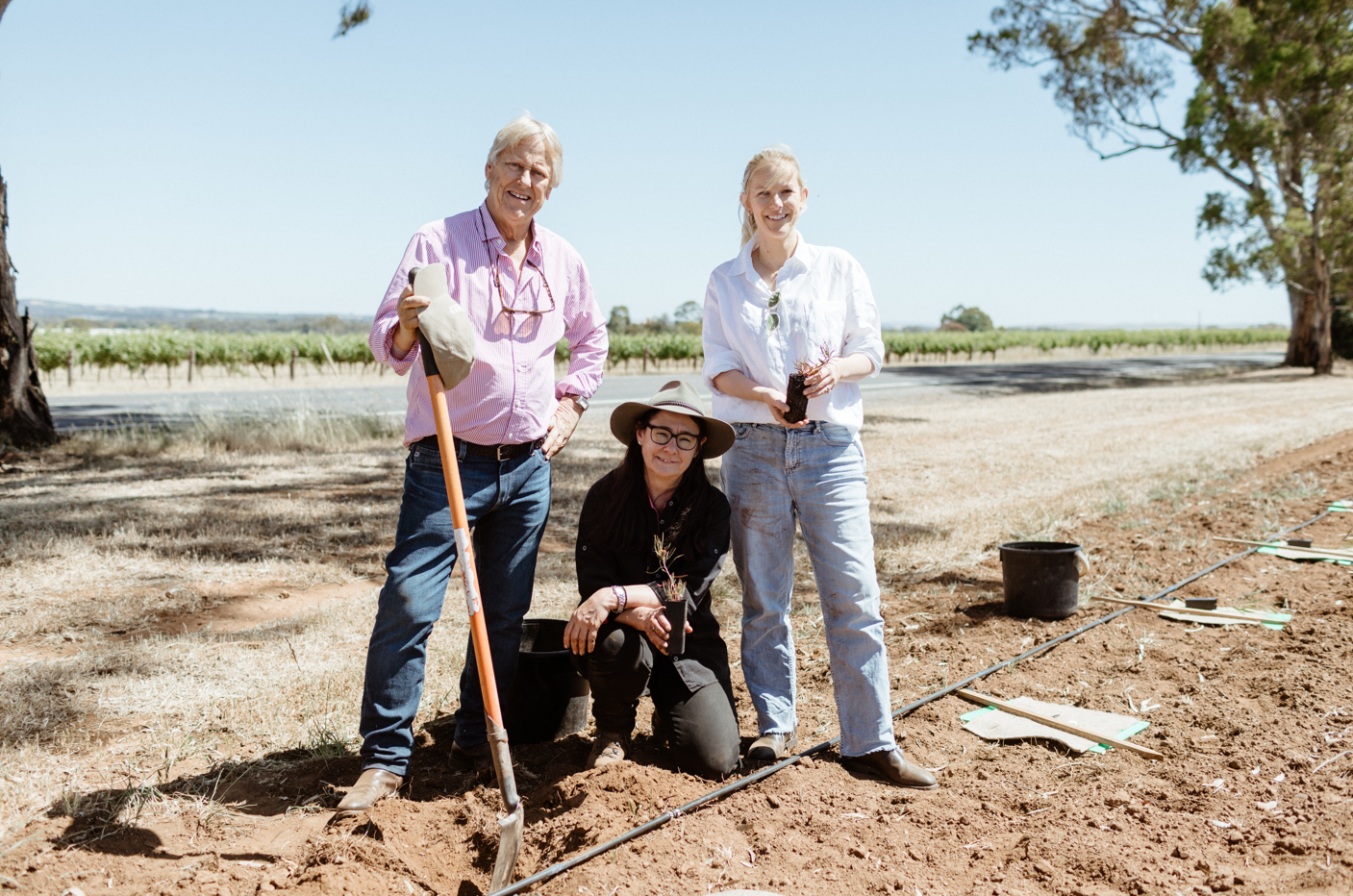Jeremy Oliver, one of the most influential wine critics not just in Australia but globally, has developed a firm reputation for his outspoken views regarding the integrity of the wine industry. His career spans everything from publishing 30 books, being listed as one of the World’s Top 20 Wine Critics in the 2018 BWW competition, and, most recently, launching his own online retail platform, Oliver’s Wines.
Drinks Trade: Oliver’s Wines has been pitched as 'reinventing' online wine retail - can you explain what this means?
Jeremy Oliver: It really comes down to the one thing - If you look at most of our competition in the online space, it's like they believe that customers are happy if they're offered a product they’ve never heard off, that is supposed to be quite expensive, but [that] they’re selling at a quarter of the price. The operators of these businesses think that, or believe that, their customers are happy to have got this nominal bargain when the reality is, of course, that whatever a price wine finally sells for, actually, is its price.
So these are not discounts - these are wines finding their gravitational place in the world of retail - so our proposition is completely different to that.
It's that a customer will know how much they want to spend on a bottle. You know, you've got a budget every time you walk in anywhere, and you're not going to (unless you're really excited), go above that budget. So our proposition is to the customer - you know what you want to spend. We want to link you up with wines that make you happy, so when you open a new drink and enjoy them, and share them, and you tell their story, because we're also equipping you with their stories, because we're incredibly information rich and content rich.
DT: It seems like an optimistic time to be launching a retail store like this given the current cost of living pressures. Is this a concern?
JO: We'll see, it’s kind of a good question. I mean, obviously, times are getting tighter and people are spending less, but if you look at the offerings we've got around 20 bucks that are just fantastic, you know, really, really delicious...
In the 40 years that I've been writing about wine, I've never seen more of a disconnect between price and quality. So Australia right now, as a wine-producing country, has an oversupply of wine, but there's no oversupply of good wine and there's also a lot of very expensive wine that is not particularly good competing against at high prices against some very, very good wines.
But I think there's an assumption that the industry has encouraged that the higher the price, the higher the quality. I think it's easier to get really, really delicious wine at about 20 to 25 bucks than it is for about 40 bucks in the market at the moment. There's so much over-price wine, but there's also some very, very good value wines. So I look at what we're selling between, let's say $18 and $35, and say, right - we've picked the best out of what's out there.
So you have a few years ago or last year been spending $50, but I'll tell you what, you spend $35 with us, you're going to be really, really happy. You're going to love the drink. You may not have heard of the wine, but we'll tell you about it. We'll tell you everything you need to know or want to know. And then you'll try it, I think, you'll be quite shocked. So we're optimistic in that regard.
DT: Can you explain a bit more about that database supporting the AI software? How much of your own tasting notes and personal resources have been incorporated?
JO: Well, everything I've ever done!
DT: For free?
JO: So, I've been in the place before where I've had a subscription website and where people pay $40 a year to get my information and I'll be frank - in a country the size of Australia and where so much information is freely available online and some of that information is very high quality it's almost impossible to make a living doing that.
So, why do it? Why segment your market? Why lose 95% of your potential audience by charging for it? So, essentially, I'm providing, you know, really clean easy to use information, all the information that I've ever created and updating that as regularly as I possible can.
So, yeah, that's everything for free. Every day we're trying to put up a new video, new tasting notes, new ideas; there'll be new articles every couple of weeks.
DT: Can you explain the AI system you’re using? How does it differ to existing websites?
JO: A lot of the systems that report to use intelligence behind their recommendation system basically [just] use a very large crowd. And with wine, with wine you find after two or three people are in your crowd, the result becomes very vanilla. Extremely vanilla.
And the other thing is a lot of these recommendation engines you see on retail stores, which aren't actually recommendation engines, they're just telling you what they've got in their shed that they want to get rid of. But they've got a truck load of it. They bought it at a good price, they want to clear it.
So ours is nothing like that because we make our buying decisions based on what we’re finding move, which is based on what people like, So it's completely the opposite.
DT: How does it work from a customer’s perspective?
JO: The first thing you'll get asked is, okay, go tell us what wines you like, And you'll be encouraged either to type in the name of a wine or take a photo in the app or upload an image of a bottle that you like; and you might need to write a few more details if that isn't immediately recognized by the system.
And then it goes into the system. We then make sure we identify your wine and you then get notified that that's happened. It's those wines are now actively affecting and influencing the recommendations. It happens from that moment.
We're not asking you to analyze your own palate. Say, oh, I like medium-bodied dry reds that are savoury and fragrant.
We do all that based on you telling us what wine you like. So our system is designed to identify them. If you like, pull apart the characteristics of these wines (and price is one of them) it then recommend that to you.
DT: How many wines does it take to start being effective?
JO: We think that once people get around about, you know, 10 and 12 wines that are different that they like. It'll be pretty good.
And the way it's designed is to the order of the wine in your list is important. So if you change the order of the wines, that affects the outcome. So we're assuming that the ones at the top are more important to you, the ones at the bottom if you list. But it happens instantaneously.
We believe that whether you're a beginner, or whether you've got some wine knowledge or quite a lot, you'll find something on the platform that will intrigue you.
Share the content
